The Japan Patent Office (JPO) conducted the first comprehensive survey taking advantage of the Green Transformation Technologies Inventory (GXTI) prepared by the JPO, aiming to overview trends in patent applications filed with countries and regions in the field of GX technologies.
The survey found that looking at all GX technologies covered by the GXTI, Japan has the largest number of inventions that were filed internationally, and it indicated that Japan has strengths in creating inventions with higher value in such fields as photovoltaic power generation, energy saving in buildings (Net Zero Energy Buildings (ZEB), Net Zero Energy Houses (ZEH), etc.) and secondary (rechargeable) batteries.
1. Background
In June 2022, the JPO prepared and released the Green Transformation Technologies Inventory (GXTI) to help users to easily analyze patent information on GX technologies.
By analyzing patent information using the GXTI, users can visualize trends in GX technologies in countries and regions and ascertain the positions of their own companies in the field of GX technologies in an objective way. Using the GXTI and related evidence, companies and other organizations are also able to design draft strategies for intellectual property or for research and development, and to inform investors and other stakeholders of their own technical advantages.
The JPO conducted the first comprehensive survey taking advantage of the GXTI to discover trends in patent applications, and it hereby introduces an overview of the results.
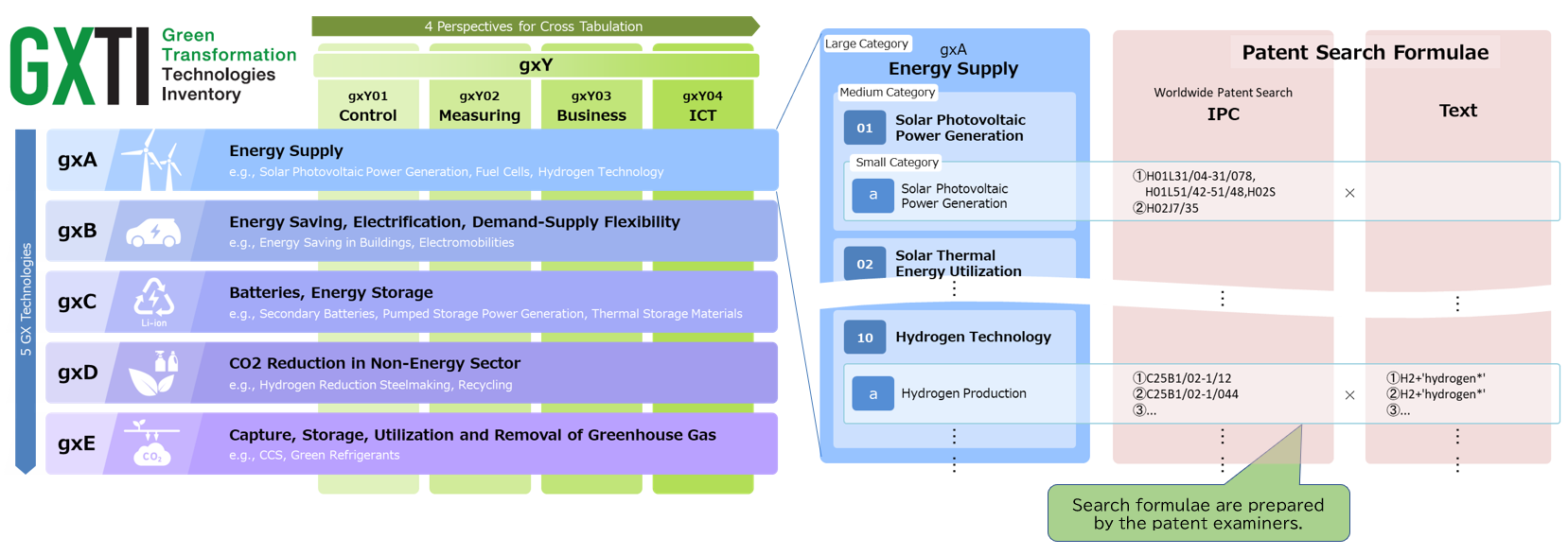
Figure 1: Structure of the GXTI
2. Survey method
The survey analyzed data mainly focused on two viewpoints: the number of patent families*1 and the number of international patent families (IPFs).*2 Analyzing data on the number of patent families in a certain technical field by country/region or applicant helps to ascertain the current state of technical development of each country/region or applicant.
Moreover, as it is considered that an applicant places higher value on an invention that they file with two or more countries or regions than an invention that they file with one country alone, the survey focused on the number of IPFs, thereby achieving analysis in which the value of an invention and the international impact thereof were taken into consideration.
3. Overview of the survey
Trends among all GX technologies
Looking at the number of patent families among all GX technologies covered by the GXTI, the number of patent families by Chinese applicants surged ahead to become the largest number in 2013, overtaking the number of patent families by Japanese applicants (see Figure 2). Meanwhile, looking at the number of IPFs, the number filed by Japanese applicants was the largest throughout the target survey periods (see Figure 3). This shows that Japanese applicants have a significant presence in terms of the number of IPFs, which are considered inventions with higher value in relative terms.
Also considering the data on annual changes in the number of patent families and the number of IPFs, the majority of the applications filed by Chinese applicants were estimated to be filed with one country (their own country) alone.
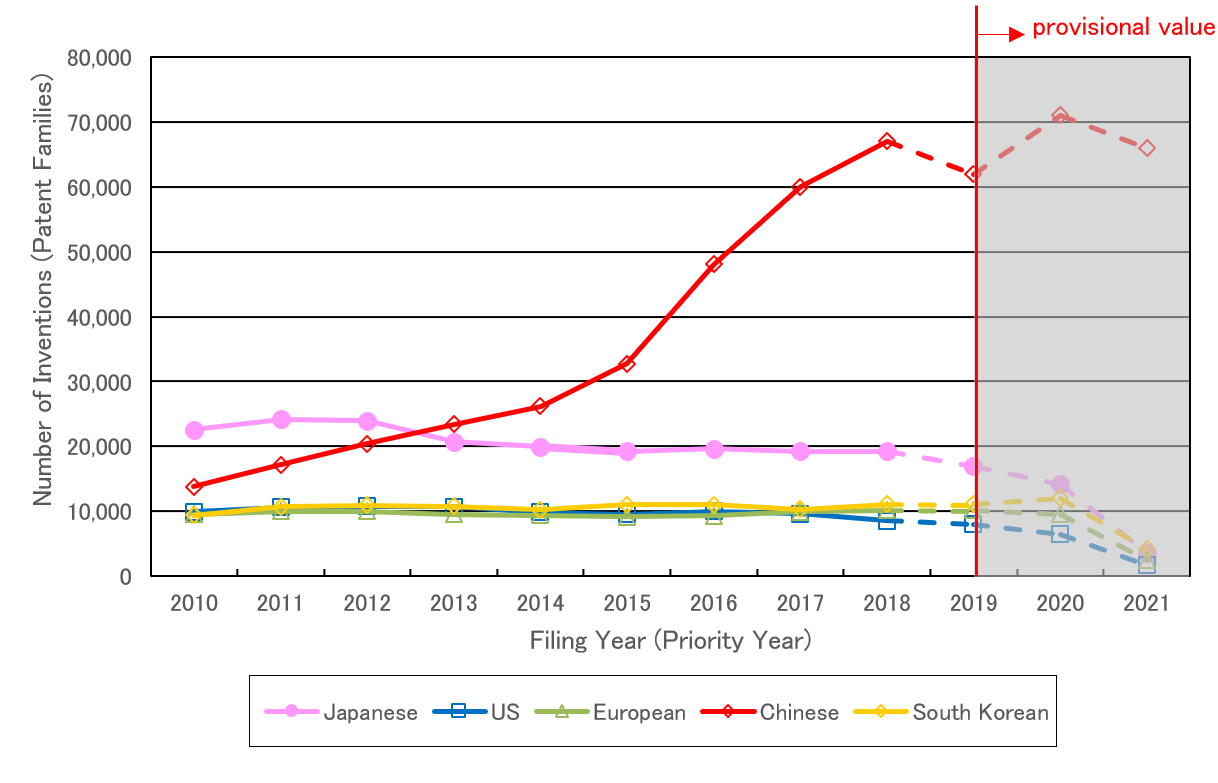
Figure 2: Annual trends in the number of patent families among all GX technologies covered by the GXTI
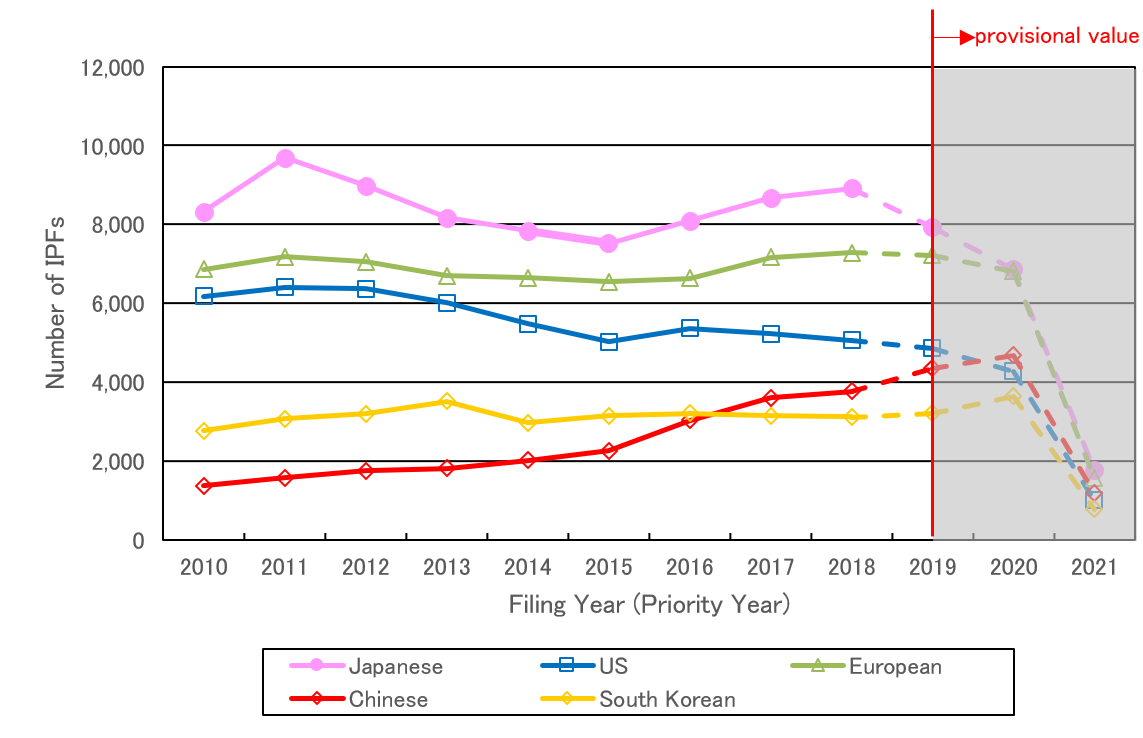
Figure 3: Annual trends in the number of IPFs among all GX technologies covered by the GXTI
Trends by medium category of the GXTI
In addition, this survey examined data by technology category of the GXTI. As an example, the JPO hereby introduces the results of the survey on the medium category gxA01: Photovoltaic Power Generation of the GXTI.
The number of IPFs by Japanese, U.S., European, and ROK applicants was found to be decreasing, while China was an exception to this trend (see Figure 4). In light of this, it was suggested that the phase of photovoltaic power generation might be shifting from that for the development of new technologies to that for the dissemination of existing technologies. Looking at annual changes in the number of IPFs by Japanese applicants, Japan maintained the top ranking in all target periods up to the end of 2018. Moreover, the number of IPFs by Chinese applicants increased in recent years to the same level as the number of IPFs by Japanese, U.S., and European applicants.
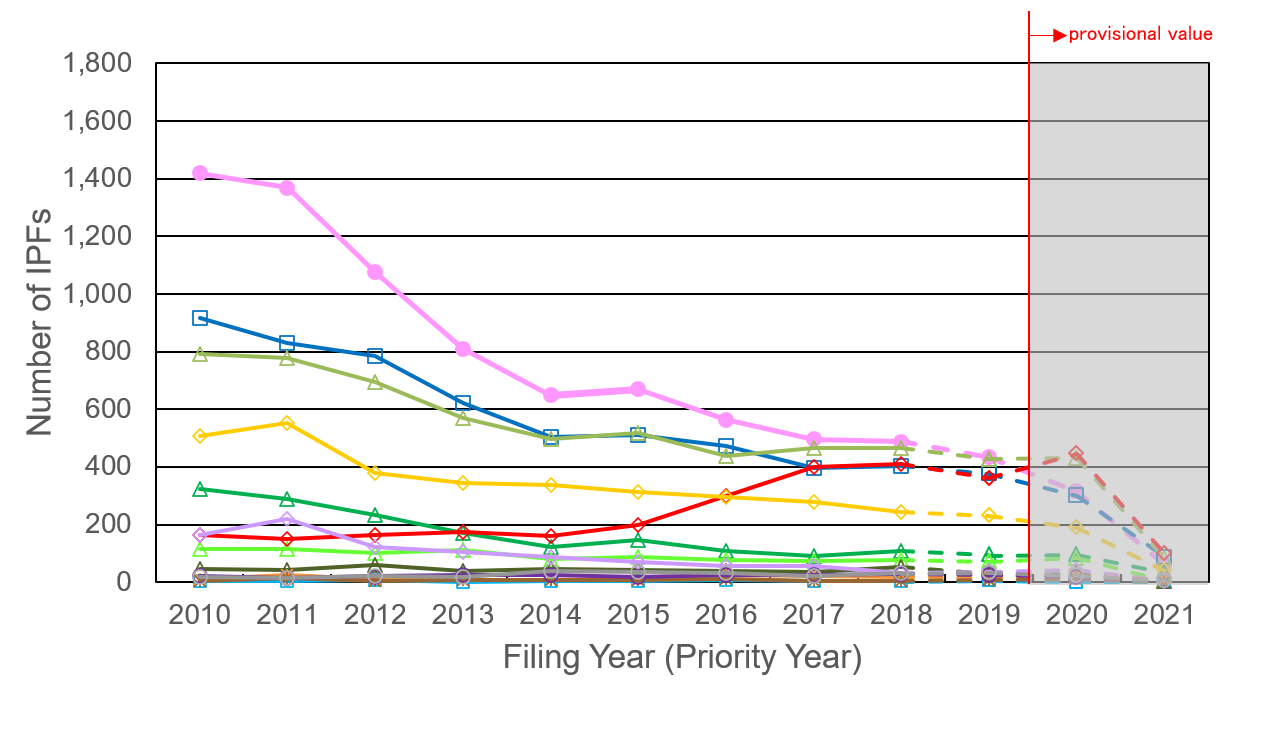
Figure 4: Annual trends in the number of IPFs in the field of photovoltaic power generation
Focusing on the countries of the top 20 applicants in terms of the number of IPFs, ten of these were Japanese applicants (see the left table in Figure 5). Moreover, looking at the number of highly-cited IPFs*3—which refers to the number of IPFs that were frequently cited in patent examinations in countries and regions—, U.S. applicants had the highest figure, at 359, followed by Japan at 182 (see the right graph in Figure 5).
The field of photovoltaic power generation was found to be one in which Japan has strengths in creating inventions with higher value, as seen from the number of IPFs and the number of highly-cited IPFs. Meanwhile, the U.S. and European countries also showed their presence in this field. The recent rise of China also deserves attention.
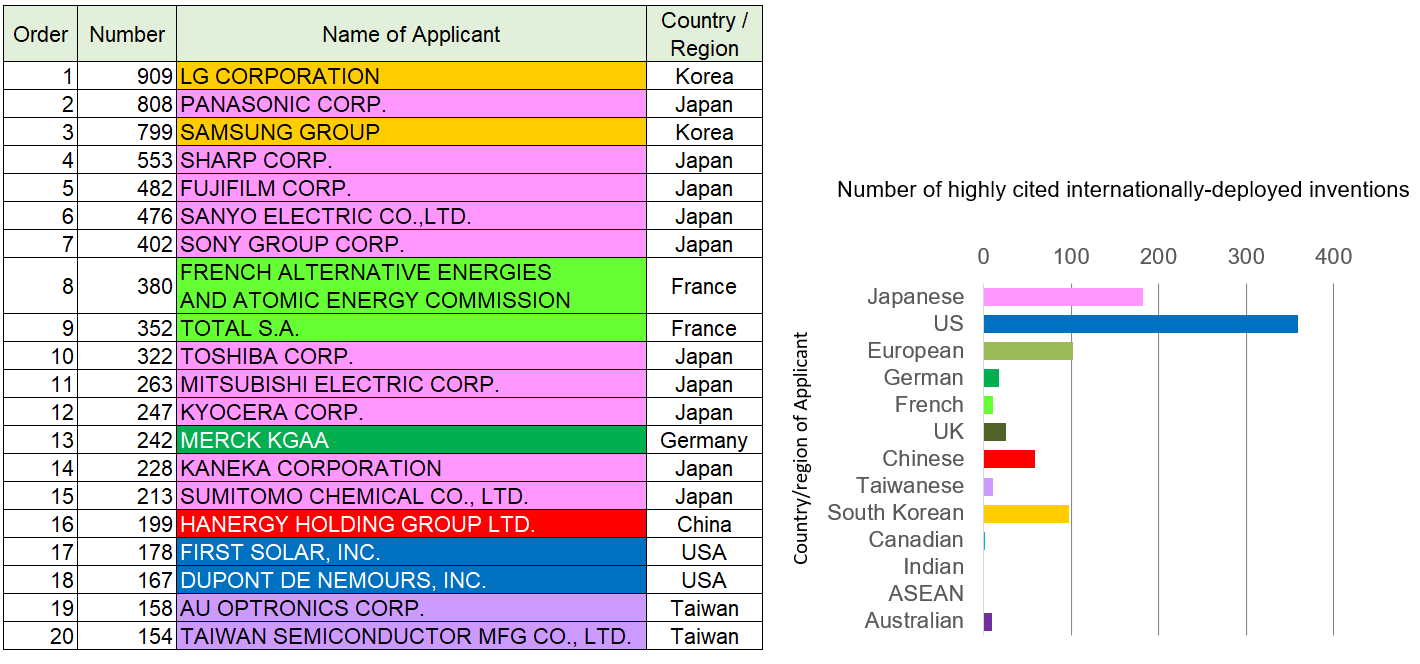
Figure 5: Top 20 applicants in the number of IPFs (left) and the number of highly-cited IPFs (right)
The survey conducted similar analyses of data on other technology categories. For example, the analysis results of categories gxB01: Energy Saving In Buildings (ZEB, ZEH, etc.) and gxC01: Secondary Batteries indicated that Japan has strengths in creating inventions with higher value in these fields as seen from the number of IPFs and the number of highly-cited IPFs.
This survey analyzed data on 50 technology categories among those presented in the GXTI and also examined eight notable technologies outside GXTI. If you are interested in certain technologies, please check the Overview外部リンク of the Results of Patent Information Analysis Based on GXTI and the Report外部リンク on the Results of Patent Information Analysis Based on GXTI (Abstract).
The JPO hopes that the results of this survey will help users to ascertain the trends in applications for GX technologies and to smoothly analyze patent information while using the GXTI.
Notes:
*1. The term “patent family” refers to a “group consisting of multiple applications” where an application for an invention is filed in a country/region and then an application is filed in another country/region abroad claiming priority on the basis of the earlier application. Normally, patents with the same content and filed in multiple countries/regions belong to the same patent family, and the “number of patent families” is considered to be approximately equal to the “number of inventions.”
*2. The term “international patent family (IPF)” refers to a patent family that includes applications to multiple countries/regions or a patent family that includes applications to the European Patent Office (EPO) or PCT applications (applications presumed to be based on an intention to obtain rights in multiple countries/regions).
*3. The term “number of highly-cited IPFs” refers to the number of IPFs that fall within the top 1% of cited frequencies among all applications cited in patent examinations in countries and regions, that is, inventions cited 28 times or more. These inventions are considered to make a strong impact on future patent applications and have higher value.
Comment